It's frustrating. No matter how often you clean, there are always little dust bunnies hiding in the corners. They make even a clean room look a little messy. Plus, those are the exact spots where dust and allergens that can affect your family love to build up.
Cleaning the corners by hand is tiring, so you think of a robot vacuum. But can a robot vacuum actually solve this problem for you? Is there a good robot vacuum that can clear the corners effectively?
The simple answer is yes, and this guide shows you what to look for.

First, Can Robot Vacuums Clean Corners Well?
Yes, a modern robot vacuum can clean corners very well. This is because of its smart design and technology. Older models used a random "bump-and-go" method, so they often missed edges. But today's robot vacuum cleaners are completely different. They are packed with specific technology designed to find and clean corners.
It all comes down to a few key features that allow them to clean with great precision.
5 Robot Vacuum Features for Effective Corner Cleaning
For a true corner-to-corner clean, here's what you should look for in a robot vacuum.
1. Side Brush Design and Placement
The side spinning brush is your robot vacuum's first line of defense in corners. This little brush acts like a tiny broom. It sweeps dust from along your walls and out of corners. Then it pulls the dirt into the path of the main roller. Look for:
- Extendable side brush: The brush slightly extends to reach further.
- Long, flexible bristles: So that they can reach into tight 90° angles.
- A proper default position: The brush sits low and extends just beyond the robot vacuum's body, so it actually makes contact with baseboards rather than spinning in empty air.
- Speed control: Advanced models adjust side-brush speed automatically—slower near walls to reduce scatter, faster in open spaces.
2. An Extendable Mop, Not Just a Vacuum
Vacuuming only does half the job. You need to mop to get rid of fine dust. But most robot vacuum mops cannot reach the very edge of the wall. They leave a small, dirty gap.
- Extendable mop pad: tech like Dreame's MopExtend™ RoboSwing pushes the mop pad outward by several centimeters, pressing it firmly against baseboards and corners.
- Automatic extension: The arm deploys only when the vacuum senses it's near an edge, so it won't snag on furniture.

3. Advanced Navigation and Mapping
A robot vacuum cannot clean a spot it cannot see. Random bump-and-turn models miss edges and corners consistently. Look for:
- LiDAR/LDS navigation: This technology uses a spinning laser to see everything in the room and make a very accurate map.
- AI object recognition: Models like the X50 Ultra combine LiDAR with AI cameras to recognize obstacles and still get close to baseboards without bumping.
- Precision pathing: Accurate maps let the vacuum approach corners at the right angle instead of overshooting.
Pro-tip: In the app, check your vacuum's map. If corners look blurry or missing, your vacuum's navigation is holding it back.

4. Special Edge-Cleaning Modes
Well-designed robot vacuums give you more control with special cleaning modes. Look for whether a model has an "edge-cleaning" mode in the app. This tells the robot vacuum to trace the perimeter of every wall and piece of furniture.

5. Step-by-Step Cleaning Patterns
Old robot vacuums bounced around until the battery died. Modern ones follow systematic patterns:
- Row-by-row cleaning: Smart robot vacuums move back and forth in straight lines, like mowing a lawn. For example, Dreame's Smart Path Planning ensures it covers the entire room efficiently.
- Edge-first strategy: Many Dreame models start with the perimeter, using side brushes and MopExtend™, then move in straight lines to fill the center.
This combo guarantees both the edges and open areas are equally clean.

Round vs. Square Robot Vacuum: Which is Better For Corner Cleaning?
A square robot vacuum seems like it would fit perfectly into corners. But in a real home, it often just bumps into furniture legs and gets stuck, stopping the whole cleaning job.
A round robot vacuum, however, glides smoothly around your chairs and tables, cleaning more of your floor without getting trapped.
Here's a quick comparison:
| Feature | Round(with Side Brush or Extendable Mop) | Square / D-Shape |
|---|---|---|
| Corner Reach | Reaches corners using the side brush or the MopExtend™ arm. | Direct edge contact, fits into corners. |
| Edge Coverage | Excellent with a rotating brush that follows curves and corners. | Good on straight walls. |
| Maneuverability | Glides smoothly around furniture and obstacles. | Wider body struggles around chair legs and tight areas. |
| Navigation Efficiency | Faster pathing, ideal for complex layouts. | Slower turns, needs more space to reposition. |
| Maintenance | Less wear as brushes flex around corners. | Brushes wear faster on hard 90° contact. |
| Best For | Every day homes with mixed layouts, furniture, and tight corners. | Open rooms with simple layouts and minimal furniture. |
So, how does a round robot vacuum master the corners? It relies on its smart tools to do the work. A long, spinning side brush reaches out from the body, actively sweeping dust from deep within the corner. If it's a mop, an extendable arm pushes the mop pad right up against your baseboards, wiping away every bit of grime.
For a truly spotless home, choose a robot vacuum that navigates skillfully and has the tools to hunt down dirt everywhere. A round vacuum with a powerful side brush and an extendable mop cleans your corners without getting stuck on your furniture.

Advantages and Disadvantages of Robot Vacuum Corner Cleaning
Are robot vacuums worth it for keeping your whole home clean? Here's a simple look at what you can expect.
Key Advantages of Corner Cleaning
- It Stops Dust Buildup Before It Starts: Corners are natural collection points for dust and allergens. A robot vacuum cleans these spots automatically during every cycle. This constant cleaning stops debris from accumulating, a major advantage over manual vacuuming, which happens less frequently.
- It Cleans Corners You Can't Easily Reach: Many corners, especially those under furniture like beds and sofas, are often neglected during regular cleaning. A robot vacuum accesses these hidden areas without effort, ensuring they stay as clean as the open floor.
Limitations for Corner Cleaning
- Awkward Angles Can Be a Challenge: A robot vacuum may not make perfect contact in unusually tight or oddly shaped corners, such as behind a pedestal or around complex furniture legs. These specific spots may still require occasional manual touch-ups.
- Clutter Can Block Its Path to the Corner: Obstacles like cables, shoes, or bags left in a corner will block the robot vacuum's path, preventing it from cleaning the area completely.
This trade-off is a big part of the overall advantages and disadvantages of robot vacuums. But even with these small issues, having the robot vacuum clean for you on its own is a huge plus, making it totally worth it. You can also easily work around these problems: read these simple tips below to help your vacuum do an even better job.
Tips for the Best Corner Cleaning With Your Robot Vacuum
Here are four simple things you can do to get the most out of your corner cleaning robot vacuum:
- Prep Your Space: Pick up small items like charging cables and toys near the walls. This gives your robot vacuum a clear path to every corner.
- Use Your App's Features: Use the robot vacuum's app to schedule an "edge clean" once or twice a week. This gives your baseboards extra attention.
- Put the Dock in a Good Spot: Place the charging base in an area with lots of open space. This helps your robot vacuum start its cleaning and return to charge without any problems.
- Maintain Your Robot Vacuum: A clean vacuum works better. Wipe its sensors and clean any hair from the side brush. This helps it move accurately and clean with full power.

Your Floors Deserve a Complete Clean
You do not have to live with dusty corners. The answer to effective robot vacuum corner cleaning is to choose a machine with the right tools. You need a robot vacuum with good LiDAR navigation, a long side brush, and an extendable mop that leaves no edge untouched.
FAQs about Robot Vacuum Corner Cleaning
Q1: Are robot vacuums good for corners?
Yes, good robot vacuums are great for corners. If you choose a model with a long side brush, an edge-cleaning mode, and an extendable mop, it will have the right tools to find and clean dust in every corner.
Q2: What is the best robot mop for corners?
The best robot mop for corners is the one that has an extendable mopping arm. This technology helps you get a better clean because the mop pad can push out from the vacuum's body. Look into the Dreame robot vacuum X and L series to see if they meet your needs.
Q3: What are the best practices for vacuuming corners and edges?
For the best results, first remove clutter from the floor along your walls. Then, you can use your robot vacuum's app to schedule regular edge-cleaning sessions. Finally, keep your vacuum's side brushes and sensors clean so it can perform at its best.
Q4: How well do robot mops clean edges?
Many robot vacuum mops can't clean the very edge of the floor. But a robot vacuum and mop with Mop-Extend technology solves this problem. It can reach all the way to the edge, which helps you get a consistent, wall-to-wall clean.















































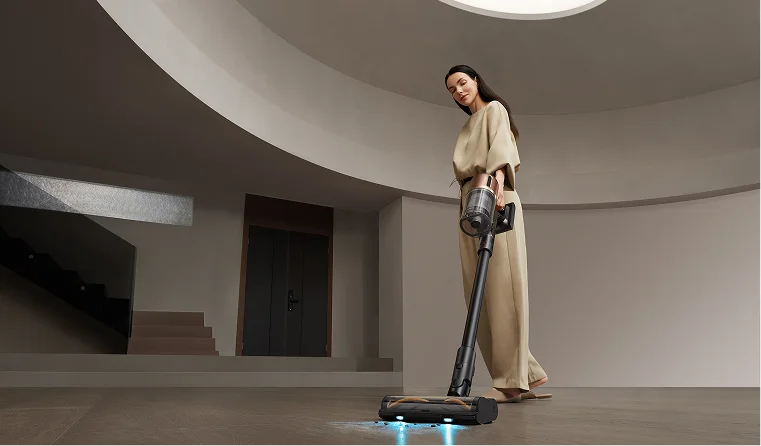
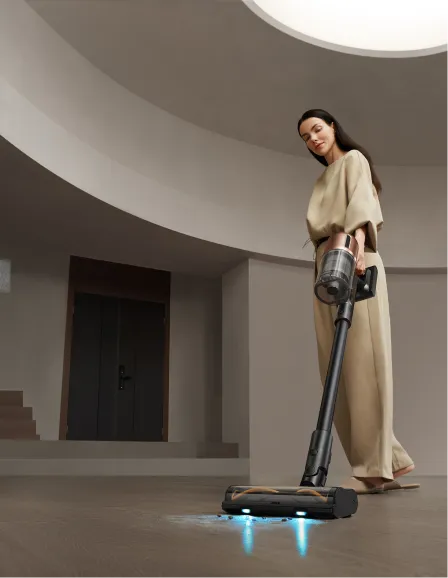
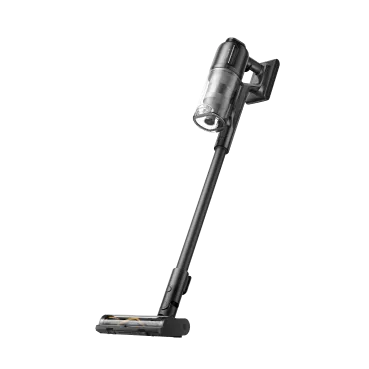
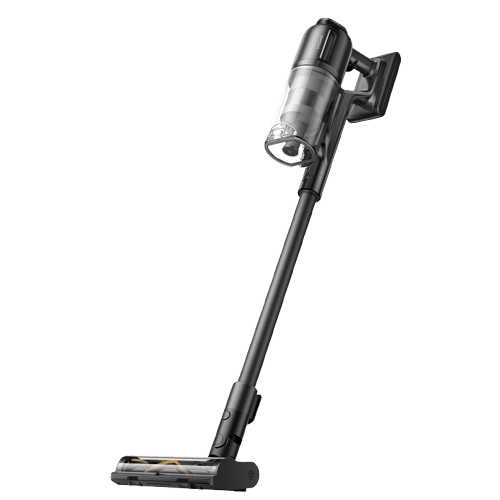
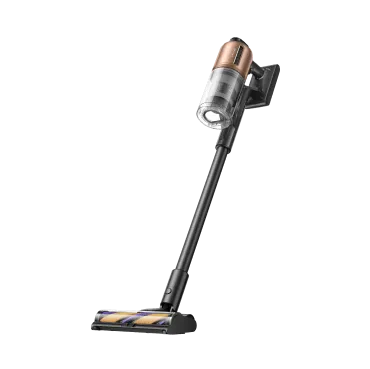
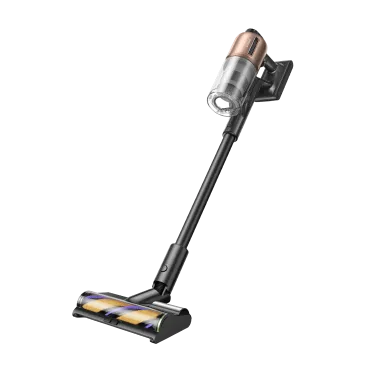
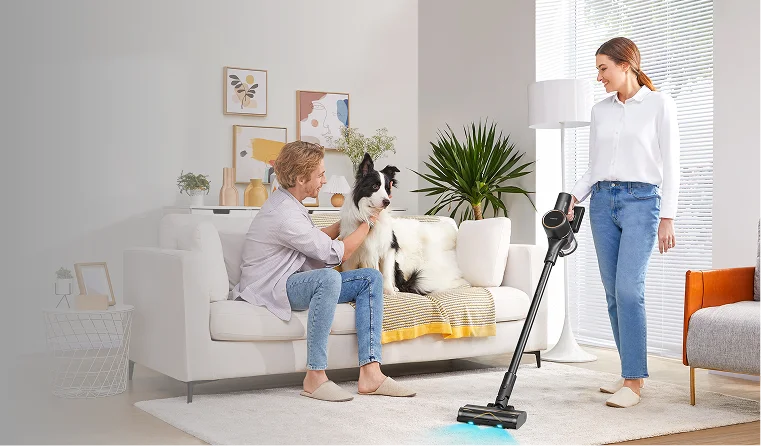
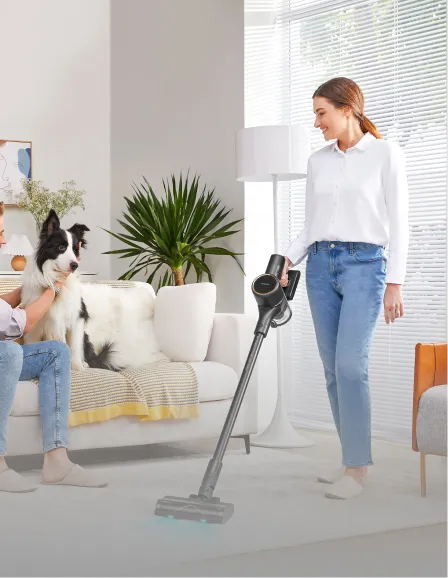
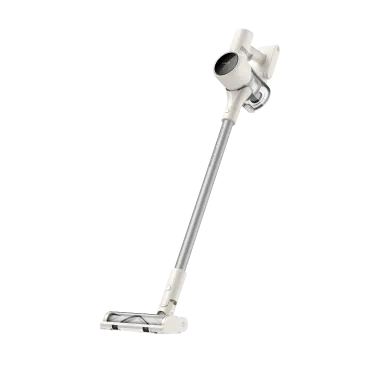
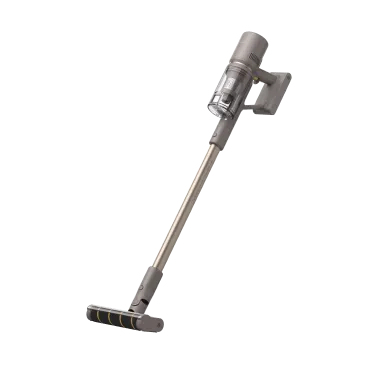
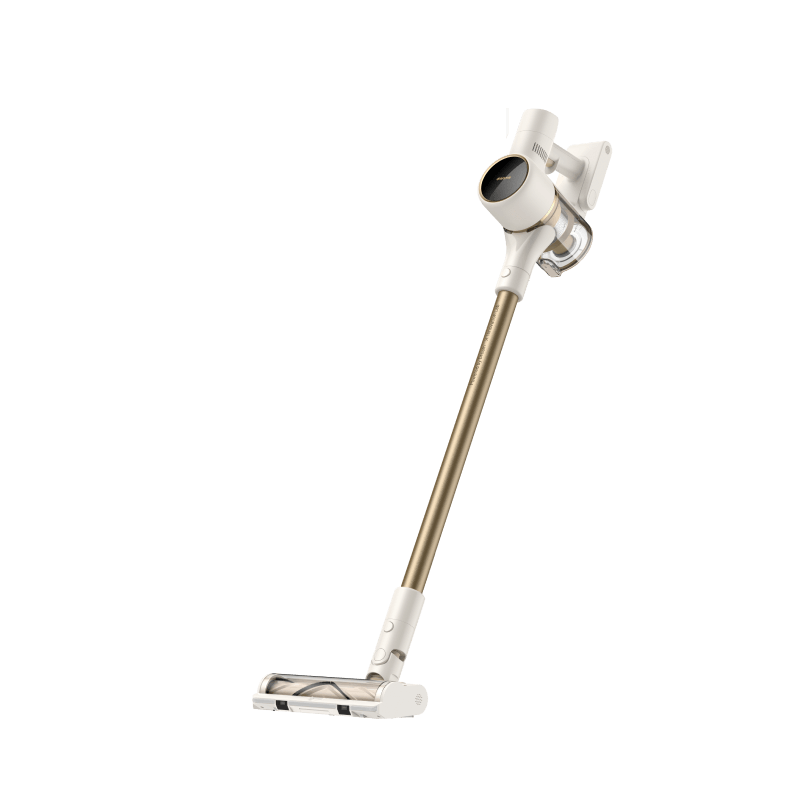
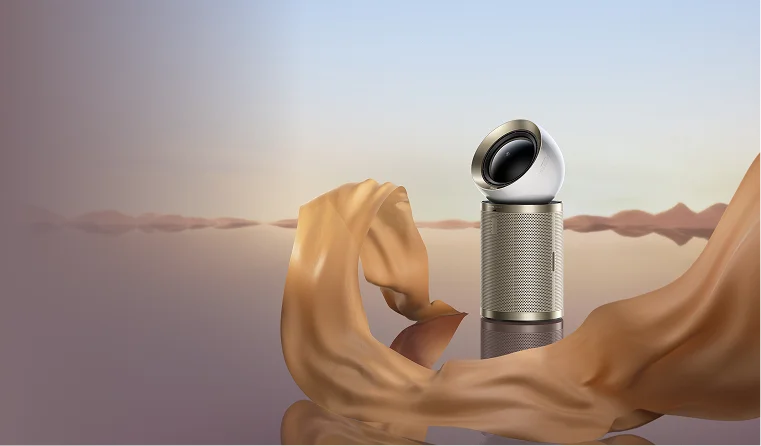
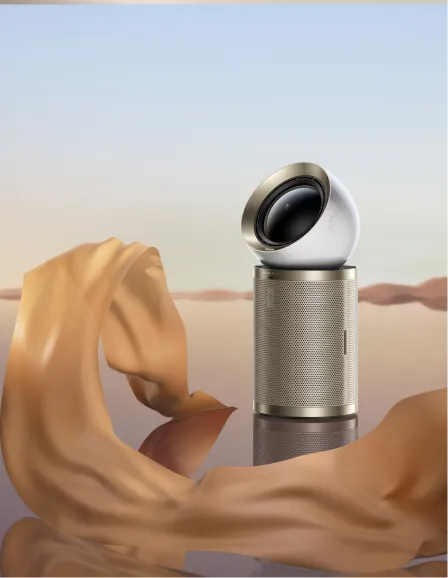

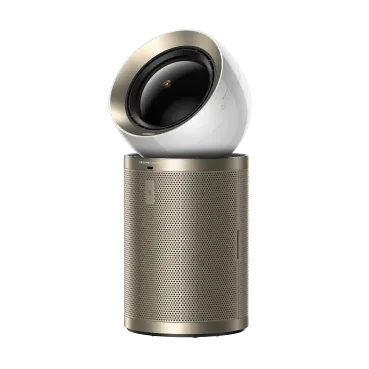

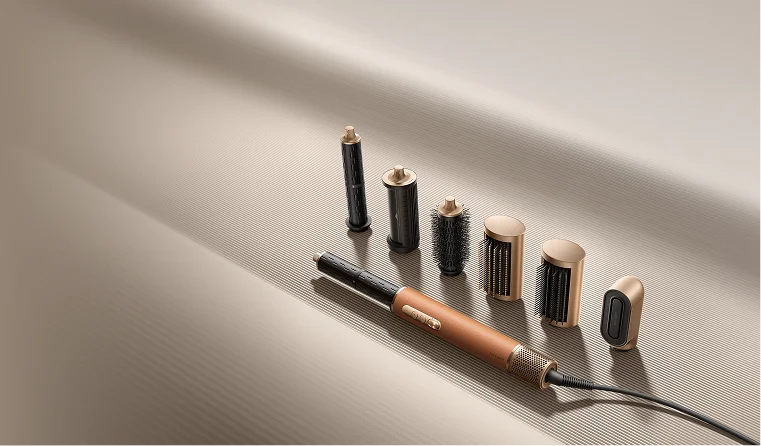
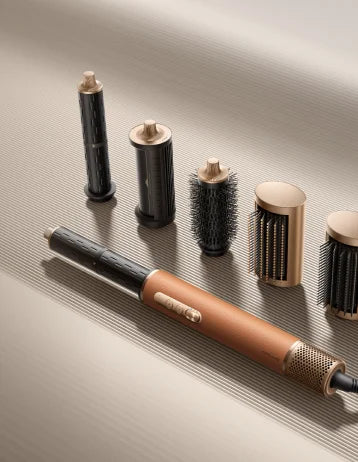
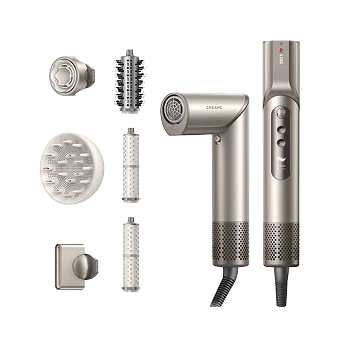


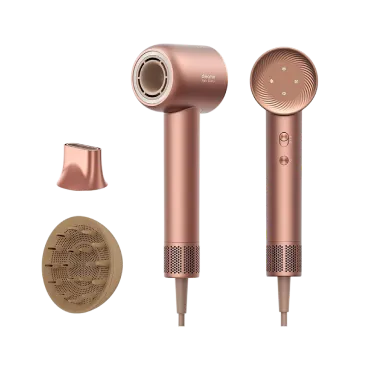
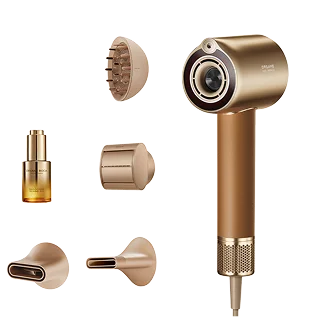
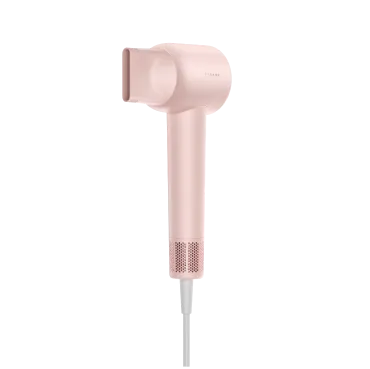


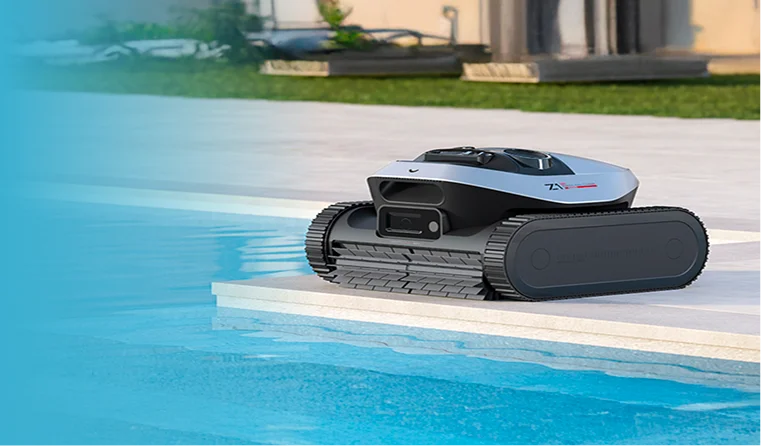
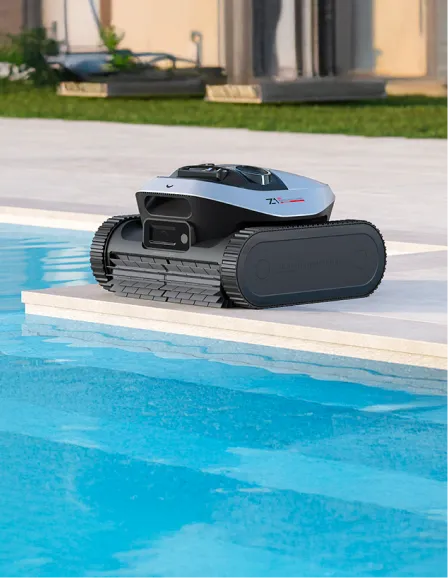
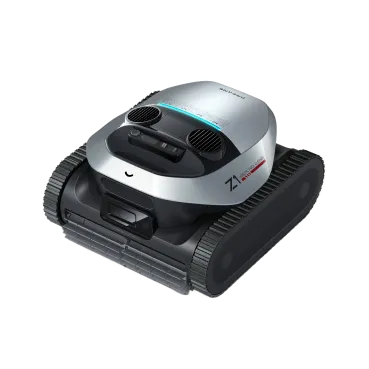
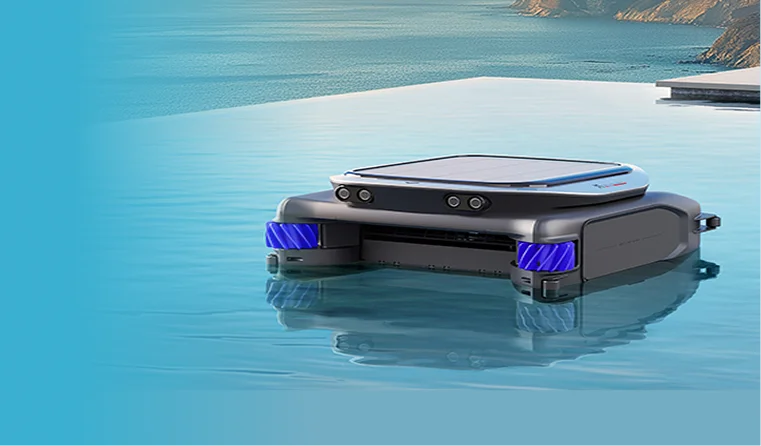
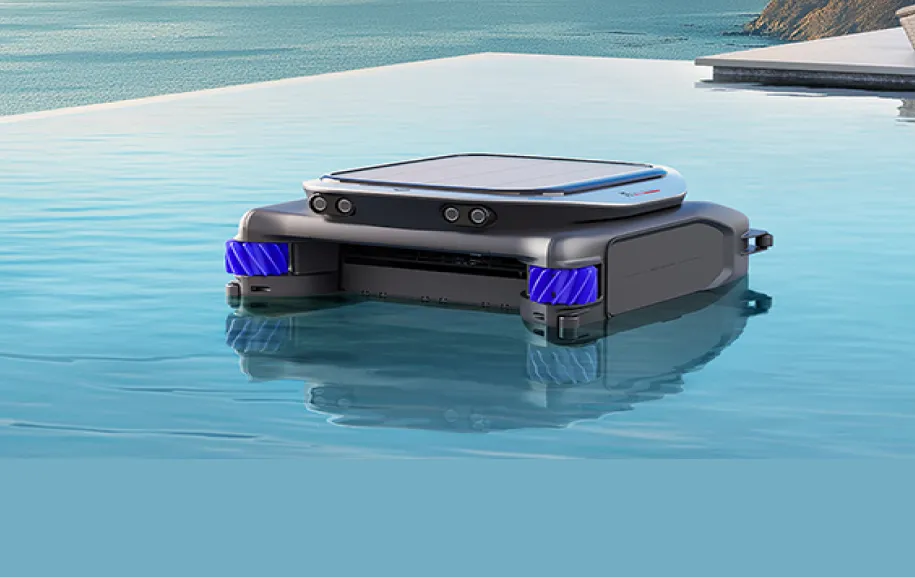










 Australia
Australia 中国大陆
中国大陆 日本
日本


 Türkiye
Türkiye


 Italia
Italia
 Netherlands
Netherlands Belgium
Belgium
 Greece
Greece Polska
Polska
 Norway
Norway
 Sweden
Sweden
 Finland
Finland
 Denmark
Denmark
 Hungary
Hungary Czechia
Czechia
 Slovenia
Slovenia
 Croatia
Croatia
 Switzerland
Switzerland United Kingdom
United Kingdom
 Canada
Canada

